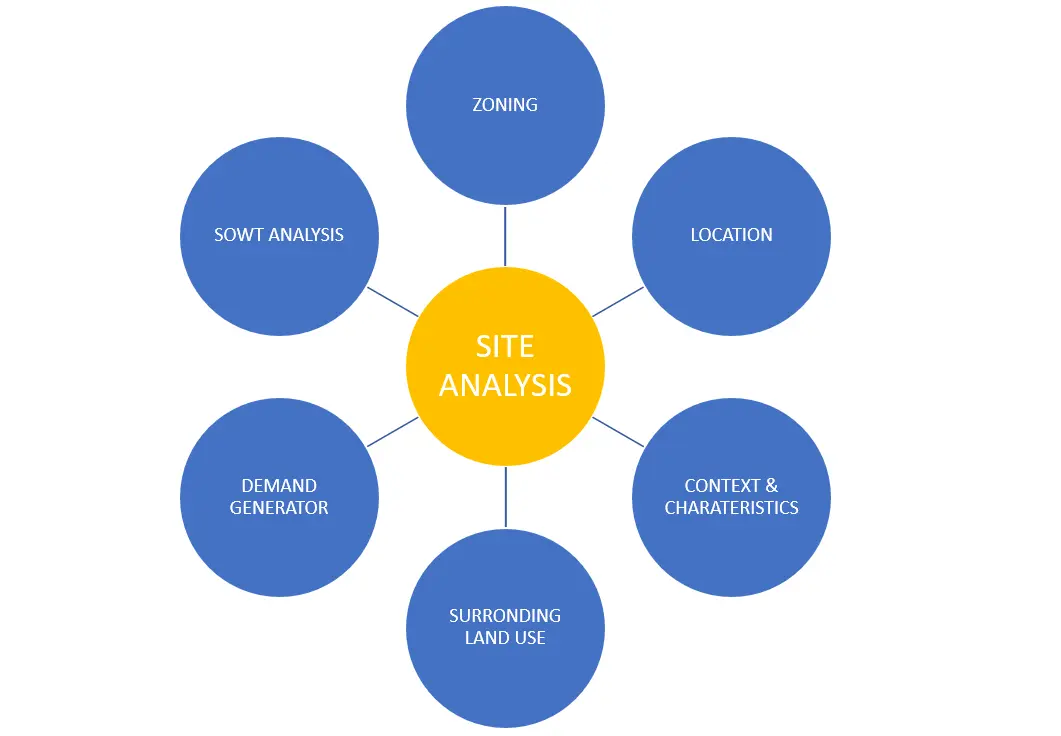In the realm of land development, accurate site analysis and meticulous planning are essential for successful project execution. Traditional methods of site analysis and planning, often reliant on manual calculations and paper-based documentation, are increasingly being supplemented or replaced by advanced land development software. This shift not only enhances accuracy but also streamlines the entire planning process, offering a multitude of benefits. Here, we explore the key advantages of using land development software for site analysis and planning.
Enhanced Accuracy and Precision
Minimizing Human Error
Land development software significantly reduces the margin of error inherent in manual calculations. By automating complex computations, it ensures greater accuracy in site analysis, leading to more precise planning and design. This minimization of human error translates to more reliable project outcomes.
Advanced Geospatial Analysis
These software tools often come equipped with sophisticated geospatial analysis capabilities. They can integrate various data sources, including topographical maps, satellite imagery, and GIS data, to provide a comprehensive understanding of the site’s characteristics. This advanced analysis allows for more informed decision-making and optimized land use.
Time and Cost Efficiency
Streamlined Processes
Land development software streamlines the entire planning process by automating repetitive tasks and integrating various stages of site analysis and design. This efficiency saves considerable time, allowing developers to focus on more strategic aspects of the project.
Cost Savings
By reducing the time required for site analysis and minimizing errors, land development software can lead to significant cost savings. Fewer mistakes mean fewer costly revisions and rework, while faster project timelines can reduce labor and administrative costs.
Improved Collaboration and Communication
Centralized Data Management
One of the standout features of land development software is its ability to centralize data management. All relevant data, from site surveys to design plans, can be stored in a single platform accessible to all stakeholders. This centralization ensures that everyone is working with the most up-to-date information, reducing misunderstandings and miscommunication.
Enhanced Collaboration Tools
Many land development software solutions offer collaborative tools that enable real-time Effective communication and sharing of data among team members. This fosters better teamwork and coordination, essential for successful project execution. Stakeholders can provide feedback, suggest changes, and track progress in real time, ensuring a more cohesive approach to planning and development.
Environmental and Regulatory Compliance
Sustainable Planning
Land development software often includes features that facilitate sustainable planning. By analyzing environmental data and simulating various development scenarios, these tools help developers design projects that minimize environmental impact. This focus on sustainability is not only beneficial for the environment but also aligns with regulatory requirements and community expectations.
Compliance Monitoring
Staying compliant with local, state, and federal regulations is a critical aspect of land development. Software solutions can help by automatically checking plans against regulatory requirements, flagging potential issues before they become costly problems. This proactive approach to compliance ensures that projects adhere to all necessary regulations, avoiding delays and legal complications.
Enhanced Visualization and Presentation
3D Modeling and Simulation
Advanced land development software often includes 3D modeling and simulation capabilities. These features allow developers to create detailed, lifelike representations of their projects, providing a clear visual understanding of the site’s potential. This enhanced visualization is invaluable for planning, as it helps identify potential issues and opportunities early in the process.
Effective Stakeholder Communication
High-quality visualizations also play a crucial role in communicating plans to stakeholders, including investors, regulatory bodies, and the community. Clear and compelling visual presentations can facilitate approvals, attract investment, and garner public support for the project.
Data-Driven Decision Making
Comprehensive Data Analysis
The integration of various data sources and advanced analytical tools enables developers to make data-driven decisions. By thoroughly analyzing site conditions, market trends, and environmental factors, developers can plan projects that are both economically viable and environmentally responsible.
Scenario Planning
Land development software allows for the creation and comparison of multiple development scenarios. This capability helps developers evaluate the potential outcomes of different approaches, ensuring that the chosen plan is the most effective and sustainable option.
Future-Proofing Development Projects
Adaptability to Change
As technology and regulatory landscapes evolve, land development software can be updated to reflect these changes. This adaptability ensures that developers have access to the latest tools and information, helping them stay ahead of industry trends and regulatory requirements.
Long-Term Asset Management
In addition to planning and development, many software solutions offer features for long-term asset management. This capability ensures that the site’s infrastructure and resources are managed efficiently over the long term, providing ongoing value to the developers and the community.
Conclusion
The benefits of using land development software for site analysis and planning are manifold, encompassing enhanced accuracy, time and cost efficiency, improved collaboration, environmental and regulatory compliance, advanced visualization, data-driven decision making, and future-proofing. By leveraging these tools, developers can ensure more successful, sustainable, and efficient projects, ultimately contributing to better-built environments and stronger communities. As the field of land development continues to evolve, embracing advanced software solutions will be key to staying competitive and achieving long-term success.
